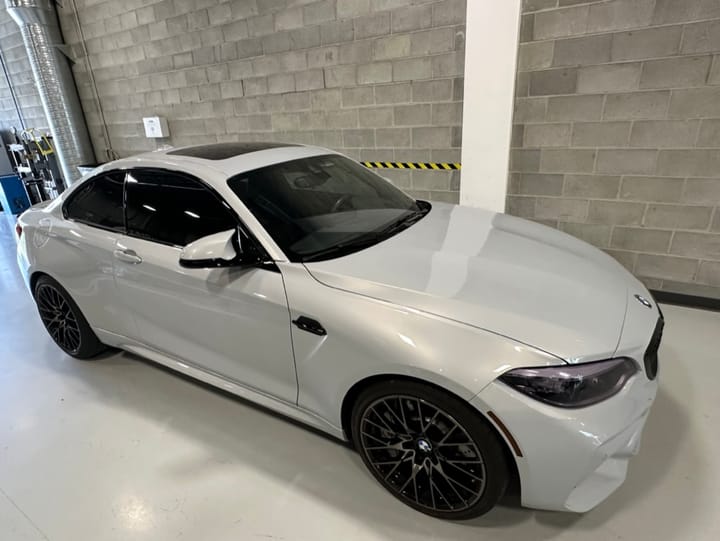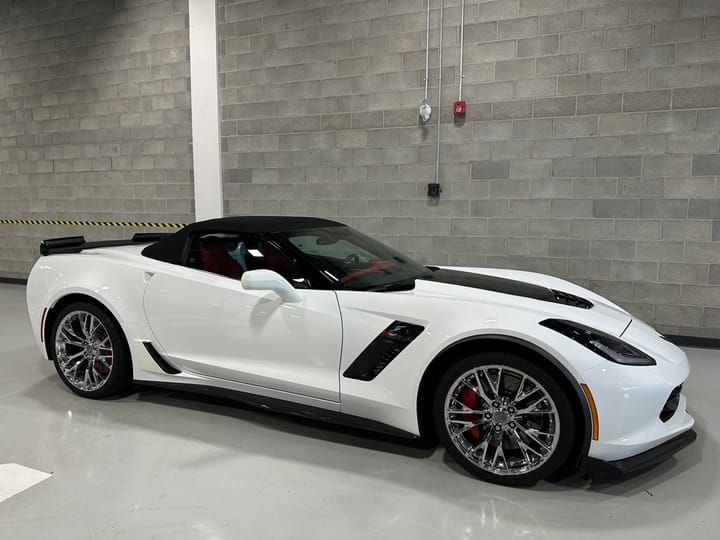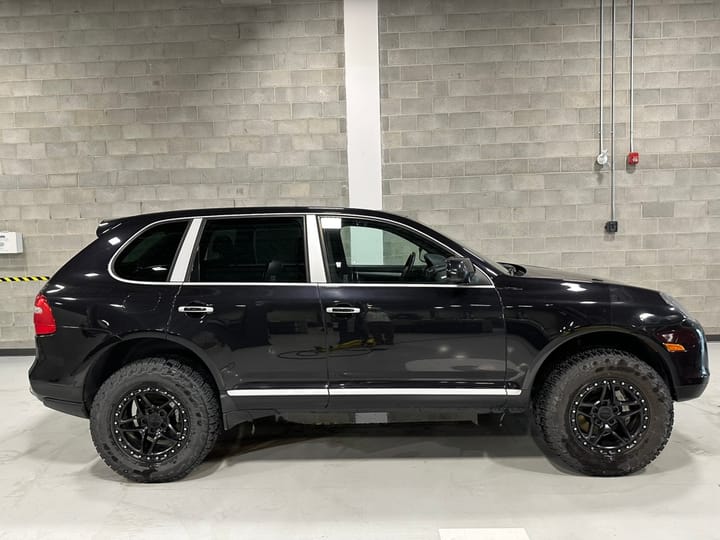Designing Cars For The Second Owner

The Ford Model T was built to last and be easy to maintain. Henry Ford thought that the design and construction couldn't be improved upon, so he didn't try. 15M were made from 1909 to 1927 when it was finally replaced by the Model A - at the insistence of his son Edsel and the board of directors. Alfred Sloan at General Motors had introduced the concept of a model hierarchy and frequent model changes - and planned obsolescence. GM was taking great slices out of Ford's market share. In an era where the population was getting mobilized, selling people their first car was most important to Ford. Sloan was the first to think about selling people their second car.
Today, manufacturers place different levels of importance on the second or third owners of the vehicles that they build. The resale value of new cars is in large part determined by the ease of maintaining them after the warranty expires. This is a function of build quality, complexity, and the degree to which the vehicles are reliant on the proprietary diagnostics available through the manufacturer's dealer network.
A new Mercedes GLE SUV might cost $110,000 and a new Toyota 4-Runner $60,000, but in 10 years they will be worth about the same amount of money. With 150,000km the Toyota would probably cost a few thousand dollars per year to maintain, and can be repaired anywhere. The Mercedes will require frequent dealer visits, and will most likely cost double or triple that of the Toyota.
In 20 years the difference will be even more pronounced. I still have the Mercedes ML500 that I sold my mother new in 2002 - it has been a great vehicle, but it isn't worth any more than $5,000. An equivalent mileage 4-Runner would be worth triple that.
For the enthusiast, the accelerated depreciation of complex machinery isn't necessarily a bad thing. If you are brave, and have a high tolerance of inconvenient surprises, you can pick up some bargains. I have both a V12 Jaguar XJ-SC and a Supercharged Range Rover; both well engineered but designed with complex mechanical and electrical systems for which the cost of service was not a design priority. Both were cheap to buy, but expensive to maintain.
The Jaguar was given a $15k service, mostly to seal everything that was leaking, and is now reliable and a real pleasure to drive. I haven't had much time to spend on the Rover which has just about every fault code known to man stored in its OBD system - it will take a while to sort it out. In the mean time I have had to develop some work-arounds to avoid the alarm going off in the middle of the night and the vehicle sitting on its belly in the morning. I love both and can put up with a little inconvenience, knowing my total investment in both vehicles is roughly equal to a single year's depreciation of a new luxury car.
In the 1980's Mercedes-Benz led every new car metric related to quality, resale value, safety and owner satisfaction. I have a 1989 W126 S-Class, and it was designed to be easy to service, and basically last forever. I've put about 35,000 miles on it over the last 10 years, and I spend about $2,000 per year to keep it fully serviced. It is still worth the same amount of money that I paid for it. Great thought was given to ease of service and longevity by Mercedes engineers. It remains a benchmark design for a long service life.
New electric cars don't have a lot of service requirements. The service lives of these cars will be determined by the battery packs and the electronic control modules. Perhaps most important is the degree of manufacturer support. Certainly Tesla is not off to a great start, at least as it applies to their 2008-2012 Roadsters. The suppliers who made the power electronics for these cars are no longer in business and Tesla does not offer replacement parts. Owners are left to re-engineer solutions. There is a factory program to replace battery packs - for $USD 30,000 - but the program is hopelessly back ordered. The battery packs of these early EVs have no provision to protect themselves against being fully depleted - and will 'brick' if the SOC is left close to 0. If that is the case the car will likely be off the road for more than one year, waiting for a new battery pack. Needless to say, you can get a deal on a 'bricked' Tesla Roadster.
It does make sense for manufacturers to think beyond their quarterly sales targets and market share, and consider the life of the vehicle after the warranty expires and the vehicle winds up on the second hand market. Firstly, about 30% of the energy consumed by the total life cycle of an automobile occurs during production, so a long service life gives a smaller lifetime carbon footprint. Strong resale values also allow for higher residuals on leases - lower payments can be marketed which will help new car sales. Reliable, easy to service used cars also make formative impressions on those people likely to buy new cars in the future.
Lawrence Romanosky is a 'Car Guy' operating a classic and specialty car business out of Calgary, Canada.
Lromanosky@me.com 403-607-8625



Comments ()